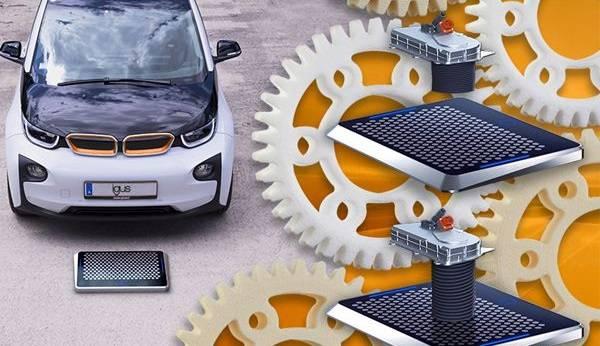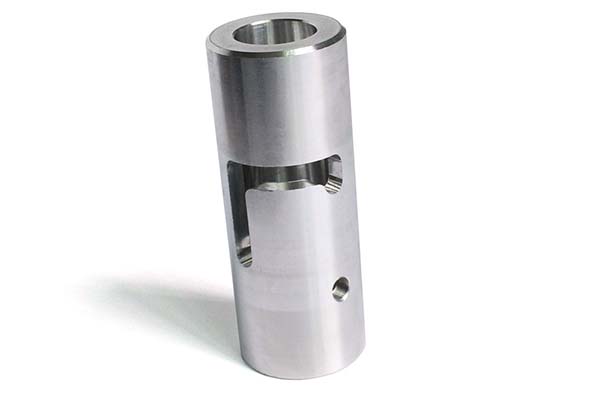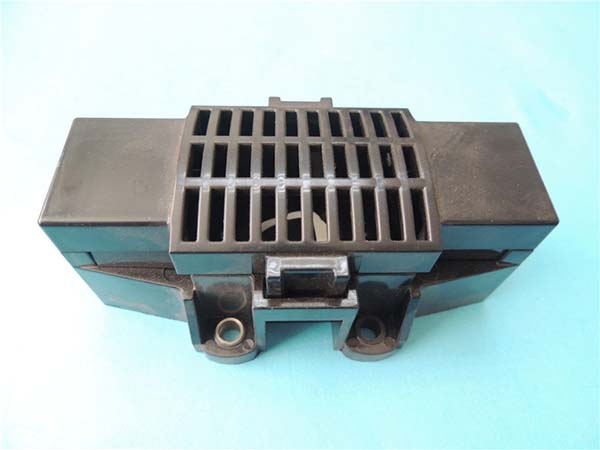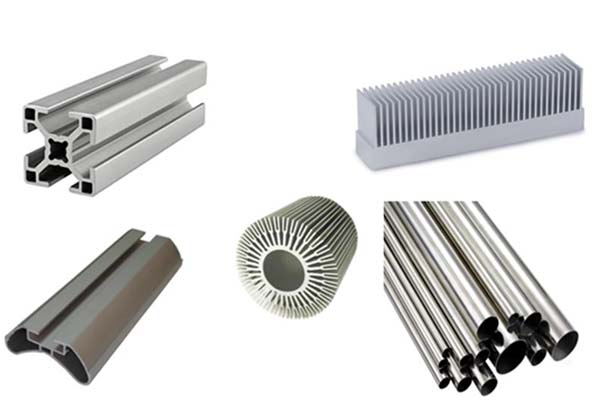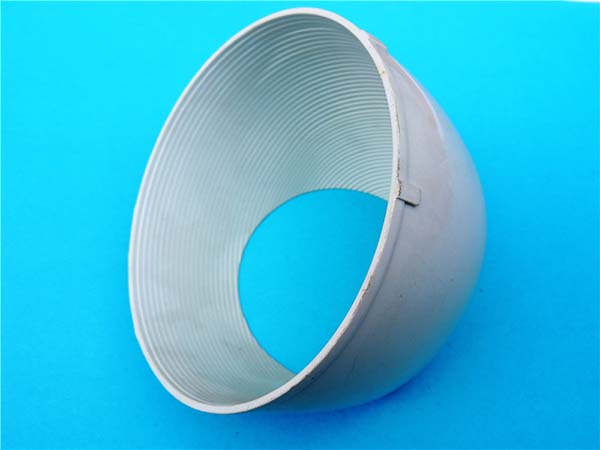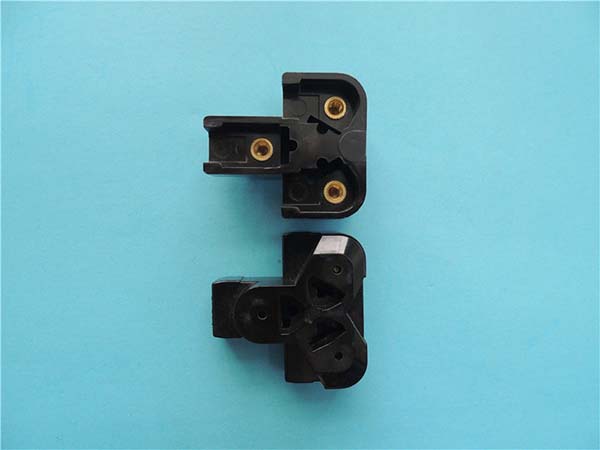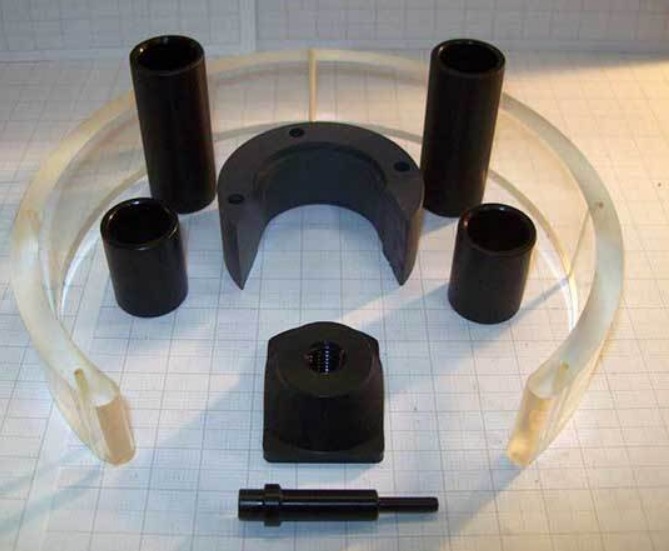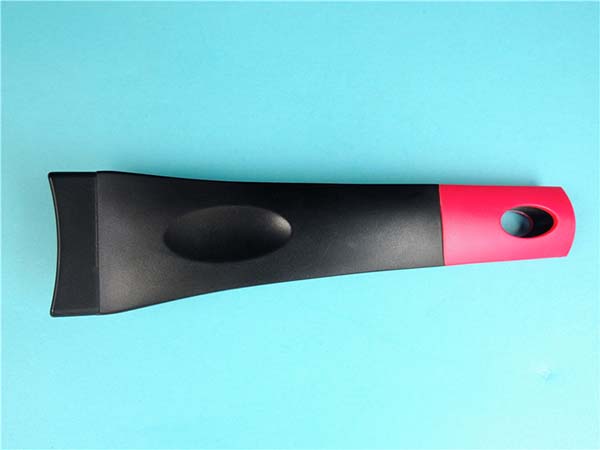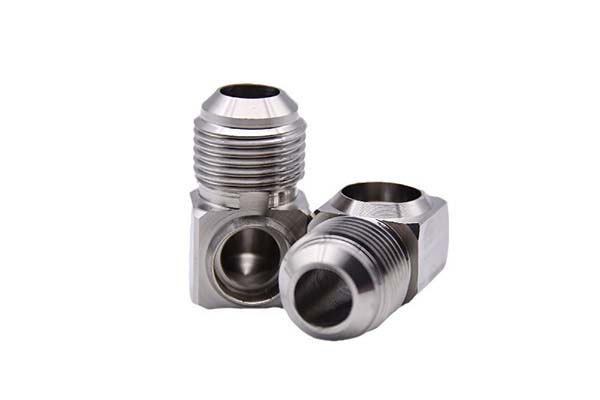Introduction
Understanding the Importance of Plastic Prototype Manufacturing
In the dynamic world of product development, plastic prototype manufacturing has emerged as an indispensable process. But why is it so crucial?
Firstly, it significantly reduces time - to - market. In a highly competitive business landscape, being the first to introduce a new product can provide a substantial edge. According to a study by McKinsey, companies that can accelerate their product development process by 20% are more likely to capture a larger market share. Plastic prototype manufacturing allows for rapid iteration of product designs. For example, in the consumer electronics industry, a new smartphone prototype can be created in a matter of weeks using advanced plastic prototyping techniques. This enables manufacturers to quickly test new features, aesthetics, and functionality, making necessary adjustments before mass production.
Secondly, it cuts down costs in the long run. Although the initial investment in prototype manufacturing might seem significant, it helps avoid costly mistakes during large - scale production. A report by PwC indicates that for every dollar spent on prototyping, companies can save up to $100 in production - related errors. By creating a plastic prototype, designers can identify and rectify design flaws, such as poor ergonomics or material compatibility issues, early on. For instance, in the automotive industry, a prototype of a new interior component can be tested for fit and finish, ensuring that the final product meets high - quality standards without incurring the high costs associated with re - engineering an already - produced part.
Moreover, plastic prototypes serve as excellent tools for communication and marketing. They allow stakeholders, including investors, clients, and marketing teams, to visualize the final product. A tangible prototype can convey the product's value proposition more effectively than a mere digital rendering. In the toy industry, for example, a plastic prototype of a new action figure can be presented to retailers and consumers at trade shows, generating excitement and pre - orders even before the product goes into production.
Now that we've established the importance of plastic prototype manufacturing, let's explore why looking for "plastic prototype manufacturing near me" could be a game - changer for your project.
Factors to Consider When Selecting a Local Plastic Prototype Manufacturer
When searching for "plastic prototype manufacturing near me", it's essential to evaluate potential manufacturers based on several key factors to ensure you get high - quality prototypes that meet your project requirements.
Experience and Portfolio
Experience matters in plastic prototype manufacturing. A manufacturer with a long - standing presence in the industry is more likely to have encountered and overcome various challenges. For example, a company with over 10 years of experience has had the opportunity to work on a diverse range of projects, from small - scale consumer product prototypes to large - scale industrial component prototypes.
Reviewing their portfolio is equally crucial. A comprehensive portfolio should showcase a variety of plastic prototype projects, demonstrating their versatility. If you're developing a medical device prototype, look for a manufacturer that has prior experience in the medical field. They will be more familiar with the strict regulatory requirements and specific material needs, such as biocompatible plastics. A study by a leading industry research firm found that projects with manufacturers having relevant experience were 30% more likely to be completed on - time and within budget.
Materials and Equipment
A reliable local plastic prototype manufacturer should have access to a wide range of plastic materials. This includes common plastics like ABS (Acrylonitrile Butadiene Styrene), known for its strength and impact resistance, making it ideal for electronic enclosures; PLA (Polylactic Acid), a biodegradable plastic often used in environmentally - conscious products; and PC (Polycarbonate), which offers high - temperature resistance and excellent optical properties, suitable for lenses and lighting components.
Advanced equipment is another cornerstone of quality prototype manufacturing. State - of - the - art 3D printers can create highly detailed prototypes with complex geometries. Injection molding machines with precise controls ensure consistent part quality in larger production runs. For instance, a manufacturer equipped with multi - axis CNC (Computer Numerical Control) machines can produce prototypes with tight tolerances, which is crucial for components that require a perfect fit, such as automotive parts.
Quality Control
Quality control is non - negotiable in plastic prototype manufacturing. A rigorous quality control process starts with incoming material inspection. Every batch of plastic raw materials should be tested to ensure they meet the specified standards for properties like tensile strength, melt flow index, and color consistency.
During the manufacturing process, in - line inspections are carried out at key stages. For example, in injection molding, the weight and dimensions of the molded parts are checked regularly. Final product inspection involves a comprehensive assessment, including visual inspection for surface defects, functional testing to ensure the prototype performs as expected, and dimensional verification using precision measuring tools like coordinate measuring machines (CMMs).
Moreover, a reputable manufacturer will hold relevant quality certifications, such as ISO 9001. This international standard ensures that the manufacturer has established and maintains an effective quality management system, covering all aspects from design to production and customer service.
Yigu Technology's Viewpoint
As a non - standard plastic metal products custom Supplier, Yigu Technology takes pride in its expertise in plastic prototype manufacturing. Our unique manufacturing processes blend the latest technological advancements with years of hands - on experience. For example, we have developed a special molding technique that allows for the creation of prototypes with complex internal structures while maintaining high precision.
Our professional team, consisting of skilled engineers and technicians, is well - versed in all aspects of plastic prototype manufacturing. They can offer customized solutions tailored to each client's specific needs, whether it's a small - scale, high - precision medical device prototype or a large - scale industrial product prototype.
We also recognize the importance of local manufacturing. By being "near you", we can provide faster turnaround times, better communication, and more efficient supply chain management. This not only benefits our clients in terms of time and cost savings but also contributes to the local economy by creating jobs and fostering innovation within the community.
FAQs
Q1: How long does it usually take to get a plastic prototype from a local manufacturer?
Typically, the lead - time for a plastic prototype from a local manufacturer can range from 3 to 15 business days. For simple 3D - printed prototypes with basic geometries and no complex finishing requirements, a local manufacturer might be able to deliver within 3 - 5 days. This is because 3D printing is a relatively quick process that can directly translate a digital model into a physical prototype.
However, if the prototype involves more complex manufacturing methods such as injection molding, the time frame can be longer, usually 7 - 15 days. Injection molding requires the creation of molds, which is a more time - consuming process. Factors like the complexity of the mold design, the availability of raw materials, and the manufacturer's production queue can also impact the delivery time. For example, if the mold has intricate internal features or undercuts, it will take longer to design and fabricate.
Q2: What types of plastics can be used for prototype manufacturing?
There are several common plastics used in prototype manufacturing:
- ABS (Acrylonitrile Butadiene Styrene): It has good strength, impact resistance, and dimensional stability. ABS is suitable for a wide range of applications, such as consumer electronics housings, automotive interior parts, and toys. For example, the outer shell of a smartphone prototype can be made of ABS to protect the internal components from daily wear and tear.
- PLA (Polylactic Acid): This is a biodegradable plastic, making it an excellent choice for environmentally - friendly prototypes. It is often used in the packaging industry for creating sustainable packaging prototypes or in the medical field for disposable medical device prototypes. Its relatively low melting point also makes it easy to process using 3D printing.
- PC (Polycarbonate): PC offers high - temperature resistance, excellent optical clarity, and high impact strength. It is ideal for applications like lens prototypes in cameras or lighting fixtures, as well as components that need to withstand high - temperature environments, such as parts in some industrial machinery.
Q3: Can a local manufacturer help with design improvements for the plastic prototype?
Most local plastic prototype manufacturers have in - house design teams or work closely with design professionals. They can definitely assist with design improvements. For instance, they can perform a design for manufacturability (DFM) analysis. This involves checking the prototype design to ensure it can be easily and cost - effectively manufactured. If the design has features that are difficult to produce, such as extremely thin walls or sharp internal corners in an injection - molded part, the manufacturer can suggest modifications.
They can also provide input on material selection based on the product's intended use. If a client initially chooses a plastic that may not be the best fit for the product's functionality or environmental conditions, the manufacturer can recommend alternative materials. Additionally, some manufacturers offer 3D scanning and reverse engineering services. If a client has an existing product or a rough prototype, the manufacturer can scan it, create a digital model, and then make improvements to the design before producing the final plastic prototype.
